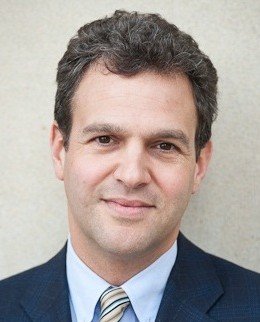
Roland Paris used the definition given by Boutros-Ghali in his Agenda for Peace (Boutros-Ghali1992), which was the prevailing definition during the early and mid-1990s. Since the late 1990s, the term ‘peace building’ has been used to describe a much broader range of local, regional, national, and international initiatives intended to promote peace, including conflict prevention.
Paris defines peace building as an activity that takes place in a post-civil war environment, the purpose of which is to create the conditions for a stable and lasting peace and to prevent the recurrence of large-scale violence. For example, those in the tradition of Johan Galtung talk about peace building as the creation of what they call a ‘positive peace’. This ‘positive peace’ encompasses far more than the absence of violence, and includes freedom from various kinds of oppression and deprivation. This kind of definition blends the development and security agendas, and forms part of a wider debate about ‘human security’. Although these goals are important, defining peace building to include such a wide range of development, security, and governance assistance makes it very difficult to distinguish causes and effects. That’s why Paris has adopted a narrower definition for his own enquiry. He is not saying that peacebuilding operations should ignore other objectives, such as promoting good governance and development or addressing issues of distributional inequality. But it is the prevention of large-scale violence that he most interested in studying, he focuses on that as the principal purpose of peace building. He took two striking things from the peace-building record of the 1990s.First observation is that there is a great deal of difference across the missions that he has studied and across the settings in which they are operating. They take place in very different environments; the countries in which they are deployed experience very different kinds of problems; and the composition of the missions themselves varies widely. The second observation is that despite all these differences, and despite the lack of any central coordinating agency for peace building, there has been a general convergence around a strategy of promoting peace through the development of democracy and a market economy in very rapid fashion. Whether implicitly or explicitly, the peace-building missions I studied have all, in one way or another, promoted democratization and marketisation as a remedy for civil violence, and attempted to effect those reforms as quickly as possible.
Peacebuilding consultants play an important role in promoting reconciliation, stability, and resilience in conflict-affected regions. These experts specialize in developing and implementing strategies that bridge cultural and political divides to create a sustainable world, peacebuilding consultant work with a variety of stakeholders, including government agencies, non-governmental organizations, local communities, and international organizations, to address the root causes of conflicts and chart constructive paths to their resolution. They use a range of skills, from conflict analysis to mediation and negotiation, to promote open dialogue and understanding between conflicting parties.
Downvoting a post can decrease pending rewards and make it less visible. Common reasons:
Submit